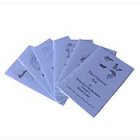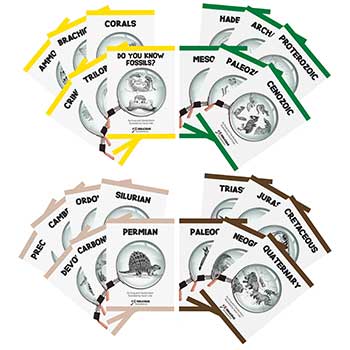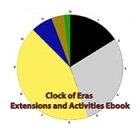Sign up for Lesson Plans, discounts & more!
Geology-Lesson-Plan
Geology Layer Cake
This geology-lesson-plan is based on a geology layer cake experiment I found on the internet, but I have modified it to focus on the layering of the earth’s surface over millions of years, the related climates and biomes that resulted and how that all effected the formation of fossil evidence.
We read parts of the book, Ancient Denvers, as we built the model. While this applied to our geologic history here in Colorado, it is an excellent story of how one location has had many different sceneries and inhabitants over time.
This experiment could be used for further investigation of geologic circumstances, such as folds, faults, subductions, and others as recommended in the follow-up.
Depending on how you organize and present the geology lesson plan, it can be used in both elementary I and elementary II classes.
Learning Outcomes
1. Students will understand that the oldest layer is at the bottom. (superposition)
2. Students will understand that the original layer of sediments is put down horizontally, but then changes the orientation over time through other forces.
3. Provides a visual model of layering (stratification) of the earth’s surface.
With further investigation/extensions:
1. Students will understand the mechanisms by which folds and faults occur within the earth's crust.
2. Students will predict the structure likely to result from application of various forces to layered rocks.
3. Students will interpret "core samples" to determine rock structures beneath the land surface.
4. Students will learn the meaning of the following geologic terms: fold, fault, brittle, ductile, fracture, and core samples.
Materials
1. Moist pound cake mix (or other dense, coherent cake) prepared in five to eight thin, differently-colored layers of ½” to 1½” thicknesses each. (To make your model more realistic, try to make the layers NOT equally thick. I used aluminum foil pans and bent the bottoms so the layers would not be perfectly smooth.)
2. Icing: divided into enough to ice each layer and also in different colors (You could also use various jams, such as blueberry for water/stream layers.)
3. Knife for cutting cake
For further investigation:
4. Three transparent plastic tubes (diameter between 1 and 2 centimeters) at least as long as the cake is high. Clear drinking straws could be used, but tubes of wider diameter produce better results.
5. Paper plates or waxed paper for each cake slice, one per team of no more than 4
Procedure
As you read the book, Ancient Denvers, or tell the story of a section of land that goes through many different climates or biomes over time, add one layer at a time. Vary the thicknesses according to the time spans and the colors according to the particular biomes. For example, when I was putting down the inland seaway that covered the land, I used blue icing.
If you want to add some intrigue or allow your students to do some excavation, you could hide some real fossils (available through www.fossilicious.com) that fit the particular geologic time period in the various layers.
When you are finished with the story, you may excavate the fossils, slice the cake to serve or slice it to continue with an investigation of additional geologic concepts. Depending on the follow-up you have planned, you might save it for different days, extending the reading and research periods in between experiences.
More geology lesson plans
Check out some of the Educational Materials for sale on our sister site fossilicious.com.

interested in more? If so, you may want to check out our other sites:
fossilicious.com - Our online fossil and mineral rock shop.
rocksandminerals4u.com - An educational site about rocks, minerals, and geology.
Geologic Time Geologic Time Line
Cenozoic Era
Quaternary
Neogene
Paleogene
Mesozoic Era
Cretaceous
Jurassic
Triassic
Paleozoic Era
Permian
Carboniferous
Devonian
Silurian
Ordovician
Cambrian
Archean Time
Hadean Time
Teachers Resources
Activities for Education and Fun
Earth Science Lesson Plans
Activities For Kids
Fossil Lesson Plans
Fossil Activities
Education Articles
Coloring Pages
Dinosaur Coloring Pages
Montessori Materials
Geology Club
Fossil Hunting
 |
 |
 |




